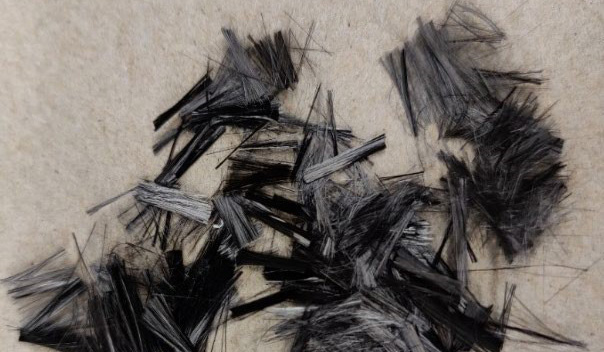In cold areas, large amounts of salt, abrasives, and chemical deicers are applied on road surfaces for ice and snow control. This study explored additives that can increase the electrical conductivity of pavement materials as a replacement for traditional deicing approaches and also investigated a method for evaluating conductive mixes.
The heavy use of various kinds of deicers has proved to have undesirable effects on the natural and built environments. In addition, these operations are costly, they require a large amount of equipment, personnel, and vast areas for storage, and they require cleaning and sweeping operations in the spring.
Recent research has shown that electrically conductive concrete (ECC) pavements, which contain different types of conductive components, can melt surface ice and snow when an electric current is passed through the slab. However, many factors still need investigation, such as the amount of required conductivity (resistivity) for the optimal amount of power consumption, the impact of curing age on the long-term conductivity of ECC, and the long-term durability of ECC slabs under electric shock and imposed thermal gradients.
To address some of these knowledge gaps, this study explored possible additives that could increase the conductivity of pavement materials as a snow and ice control solution to replace the use of road sanding, deicing, and anti-icing.
In the first stage of the study, the researchers selected and evaluated a microwave method that used a waveguide analyzer in the S-band frequency range to explore various conductive additions to the cement paste. The preliminary experiments found that the method has potential to detect conductive mixes. Tests of the method on cement pastes with various water-to-cement ratios showed that the permittivity measurements were sensitive to the water content and water consumption by the cement. The small sample sizes required for electrical testing, nondestructive nature of the test, and quick measurements mean that the method can be used in the field and laboratory to easily identify the optimum dosage and percolation limits of various conductive fibers for ECC development.
Next the researchers tested steel fibers, carbon fibers, and carbon nanotubes. Chopped carbon fibers were found to be most effective, increasing the permittivity and electrical conductivity of plain cement paste by a maximum of eight times. A concentration study with the carbon fibers indicated a possible percolation limit in a concentration range of 0.2 to 0.3 percent by weight. Added carbon fibers were found to increase the electrical conductivity up to a certain amount, indicating a percolation limit beyond which fibers become obstructive to the electric path.
Future investigation may include evaluating other conductive elements, such as recycled carbon fibers and recycled carbon fiber composites, carbon black, and other sources, especially from unwanted and rapidly generated industrial wastes. Also suggested for future investigation are simultaneous optimization of electrical, mechanical, and durability properties, and an environmental life cycle cost assessment of the impacts of ECC solutions on the environmental, societal, and economic aspects of self-melting pavements.
Authors:
Abdullah Moman
Somayeh Nassiri
WSU Department of Civil and Environmental Engineering
Sponsor: PacTrans

